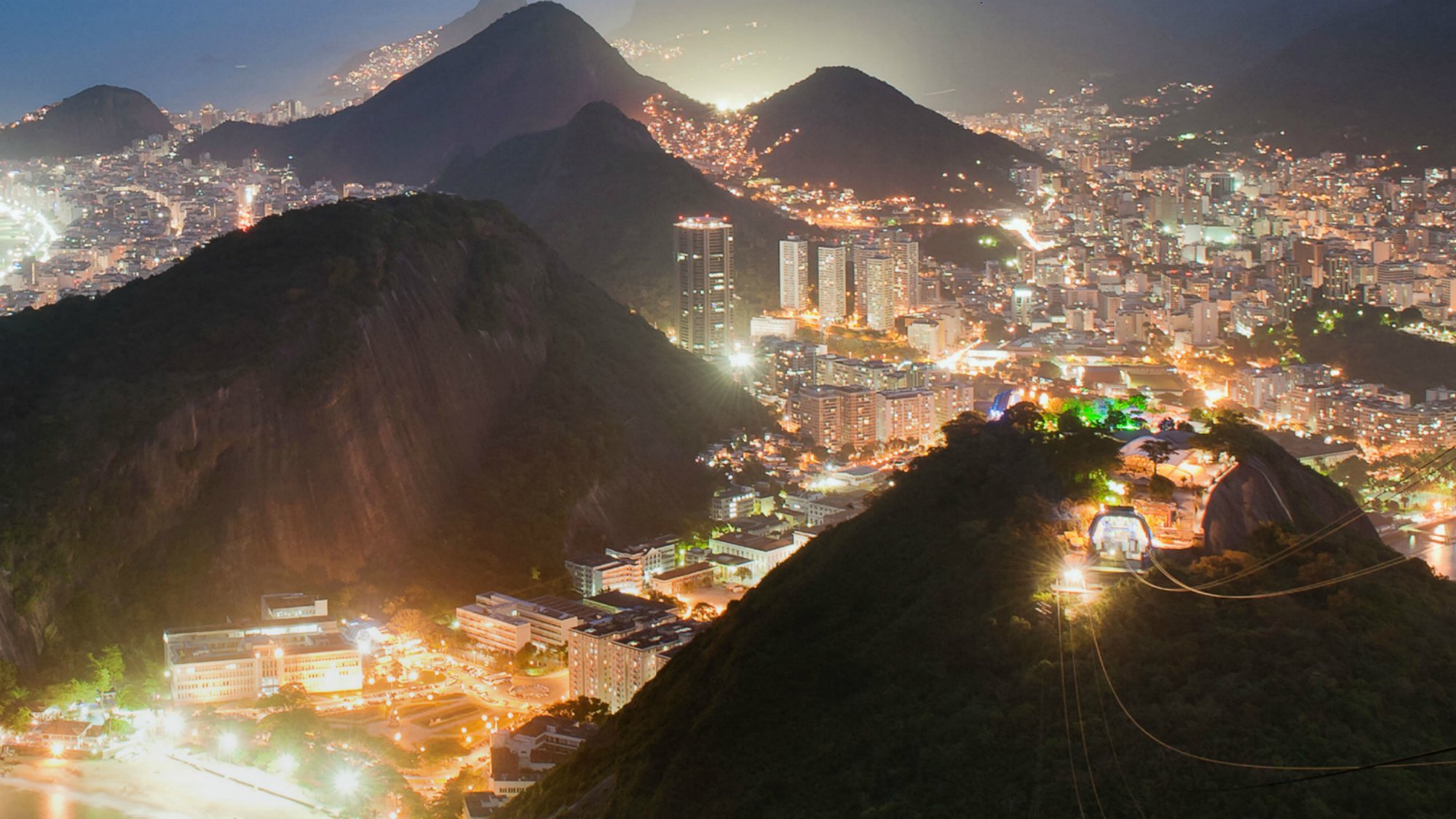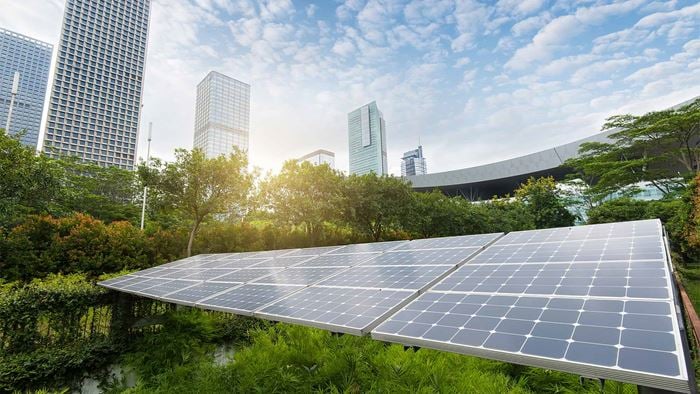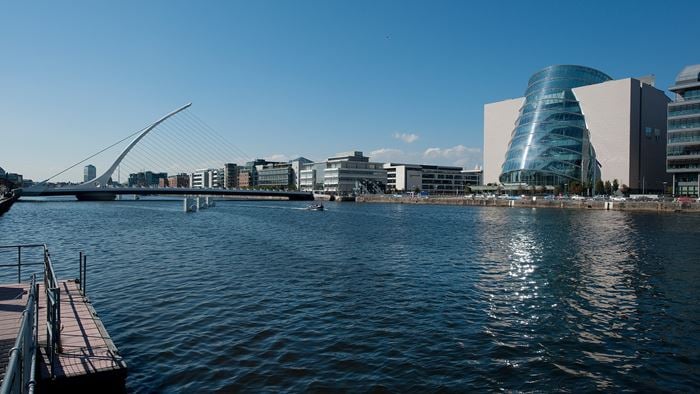Cities can lead the way
Cities consume the majority of the world’s energy and house the majority of its people. So it goes without saying that they have a major part to play in tackling climate change and delivering on the Paris Agreement’s aim to limit global temperature rise to 1.5°C. Yet, as Arup’s research reveals, there are obstacles in their way. To limit the rise in temperature to 1.5C, average per capita emissions across C40 cities need to drop by more than 40% – from more than 5 tCO2e per capita today to around 2.9 tCO2e per capita by 2030. This will require US$275bn of investment over the next four years.
With energy policy largely determined at regional, federal, and international levels, cities have traditionally had little power over or responsibility.
Transactive energy is one concept that could help cities create much more effective and efficient energy systems. It allows for a much more flexible and equitable distribution of production and consumption. Houses with solar panels, for example, can store and push excess energy into the broader marketplace. Instead of just being energy consumers, citizens can also become energy producers. That energy can then be distributed through a centralised market that, unlike today’s dominant systems, doesn’t favour large operators over small ones.

Such systems are more efficient, which is good for the environment. They also have less downtime and are more predictable, which is good for the market. In fact, a report by Arup and Siemens - Distributed Energy Systems: Flexible and Efficient Power for the New Energy Era - found that switching to distributed energy systems such as renewable energy and energy storage reduced operational costs by between 8% and 28%.
A switch to battery-powered electric vehicles could deliver major air-quality benefits for cities, but existing grid systems would struggle to cope with thousands of recharging vehicles. A transactive energy grid could keep the system in balance without putting too much peak demand on grid infrastructure.
Financing the transformation
Transforming cities’ approaches to urban energy requires significant investment, but the cost of inaction is projected to far outweigh this. For example, it’s estimated that the costs of damage to Copenhagen alone from extreme weather over the next 100 years could reach DKK 16bn. And this is considered a conservative estimate.
Our Deadline 2020 research highlighted that, from 2016 to 2050, over US$1tn investment is required across C40 cities to generate the new climate action that will meet the ambition of the Paris Agreement. And US$375bn of this investment is needed over the next four years.
Globally, programmes are now in place to improve cities' access to funding and finance. For example, the C40 Cities Finance Facility (CFF) alone will provide US$20m of support by 2020 to help cities access up to US$1.24bn of additional capital.
Only through these sorts of creative funding and financing initiatives can cities ensure that the public and private sector share both the value and the cost of investing in a low-carbon future.
.jpg?h=1125&w=2000&hash=FBCBD89871A45D59BBE2C65FF4F4F89A)
Breaking the norm of urban energy
To achieve zero emissions per capita by 2050, national electrical systems need to decarbonise at an average rate of 1.5% every year. This would be twice as fast as over the last three years.
Yet today it’s cities that are leading the way. It’s cities that are becoming innovative centres, creating new financial tools for funding green energy projects or experimenting with hydrogen fuel cells in homes and public transit.
“In terms of a timeline, we simply don’t have capacity to get urban energy wrong. We can’t try a solution for six months to see if it works or not, and we can’t spend two years planning. Understanding the nuances of urban energy and why a solution will or won’t work, is imperative. ”
Paula Kirk Director
 ;
;




